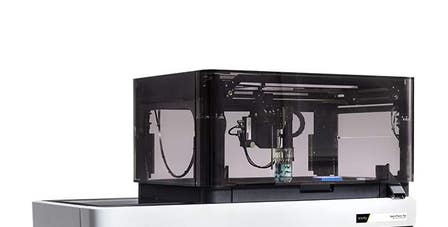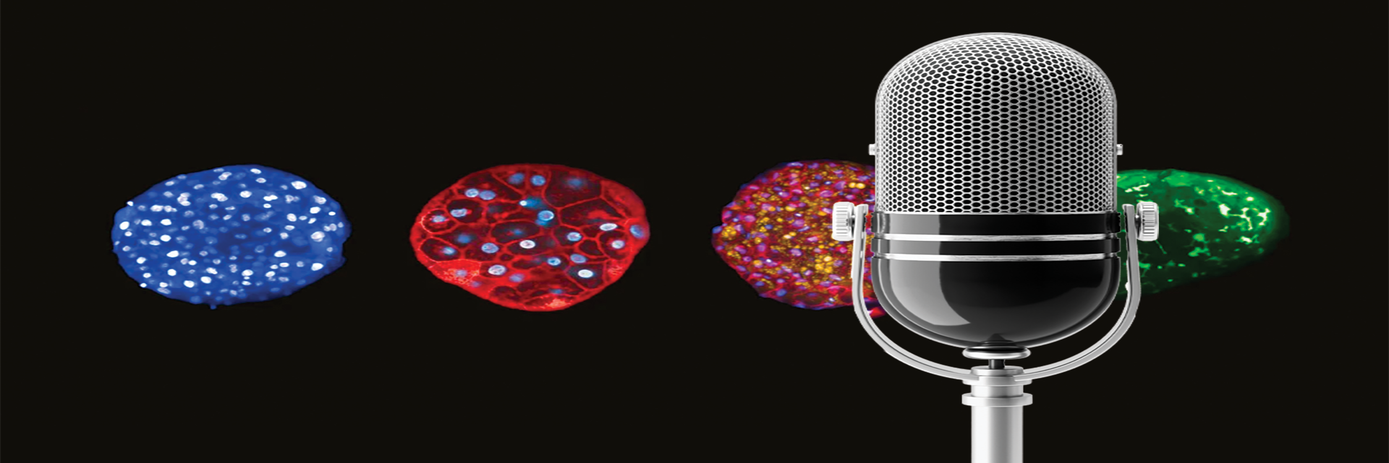Organoids are an extremely valuable tool for in vitro disease modeling and hold great promise in cancer and stem cell research as well as drug discovery and screening. Intelligent organoid workflows harness advances in automation, genetic engineering, and stem cell technologies to develop sophisticated models for studying development and disease.
One key advantage of organoids is their ability to provide in vivo-mimicking cellular models of human disease, while also offering an alternative to animal models that have raised ethical concerns, are often time-consuming, and expensive. With the capability to be maintained for several weeks, organoid cell composition, morphology, cell signaling, and secretion can be analyzed to better understand underlying disease mechanisms and identify potential treatments.
Diving deeper into this topic, we spoke with two researchers in the field, Dr. Nathan Gödde, manager of the Australian Organoid Facility at the University of Queensland, and Dr. Amee George, Head of the ANU Centre for Therapeutic Discovery at the Australian National University.
Balancing biological complexity and quality-controlled scalability in organoids
When it comes to scaling up for drug discovery purposes, the culture and analysis of organoids present complex challenges and require reproducible, large-scale organoid generation with minimal variability.
Dr. George understands the complications of scalability in research and the importance of quality screening controls. “When we increase the complexity, it can be very challenging not just in terms of growth and reproducibility but the heterogeneity of some of the samples that we have to deal with,” she says. Scaling up for drug screening requires adaptations to allow for large volumes while maintaining physiological relevance.
One of the reasons quality screening controls and batch-to-batch screening are vital to scaling up is to assess if the samples are robust and performing as expected. “It is always worth reexamining a lot of the parameters because these can differ wildly as you change density, and they are not always scalable,” explains Dr. George.
Automation and AI potential for intelligent organoid workflows
There is currently an increased demand for the use of automation in organoid culture and analysis to facilitate the mass-scale production of organoids at a lower cost. Dr. Gödde notes that when compared with manually handling organoids, automation reduces operator variation and bias while increasing analytical options. “There are also opportunities to do some weird and wonderful things, especially with some of the platforms we use,” he enthuses. To optimally develop new organoid systems at scale, robust technologies and assays must be capable of performing sophisticated high-content analyses on complex 3D biological systems.
Beyond saving costs and speeding up production, Dr. Gödde explains that automation and machine learning allow for possibilities that are impractical with manual methods, “Automation does the grunt work in the lab and helps to facilitate testing lots of different conditions and helps us to optimize the screens much faster than if we had to do it manually.”
In terms of the scale of production, Dr. Gödde says: “Automation doesn’t sleep or tire; it works on.” With the right organoid workflow, researchers can use automated technologies to further progress preclinical studies. He gives an example: “By using liquid handling systems and robotics we can run larger scale partial factorial design of experiments (DOE) on a whole range of thousands of different media or parameters, as well as different handling parameters all at once. This allows for the rapid optimization of differentiation conditions without doing as many different samples—that’s something that becomes possible with automation.”
Identifying organoids faster
Dr. Gödde explains that some high-content screening systems
 Opera Phenix Plus High-Content Screening System
Discover
like the Opera Phenix® Plus have features that are critical to speeding up organoid research, including the intelligent image acquisition technology PreciScan. “PreciScan allows us to scan the whole well at low resolution, find where the organoid is, and then follow up with high resolution,” he says. Using a fully automated process of pre-scan and re-scan, PreciScan enables accurate targeting of the object of interest. The technology improves the organoid screening logistics and efficiency and significantly reduces acquisition and analysis times.
Opera Phenix Plus High-Content Screening System
Discover
like the Opera Phenix® Plus have features that are critical to speeding up organoid research, including the intelligent image acquisition technology PreciScan. “PreciScan allows us to scan the whole well at low resolution, find where the organoid is, and then follow up with high resolution,” he says. Using a fully automated process of pre-scan and re-scan, PreciScan enables accurate targeting of the object of interest. The technology improves the organoid screening logistics and efficiency and significantly reduces acquisition and analysis times.
To further understand why researchers are turning to 3D organoids and how these can be used for screening, listen to the podcast featuring Dr. Nathan Gödde and Dr. Amee George. Together, they discuss balancing biological complexity with scalability in quality-controlled organoid protocols and automated workflows.

































